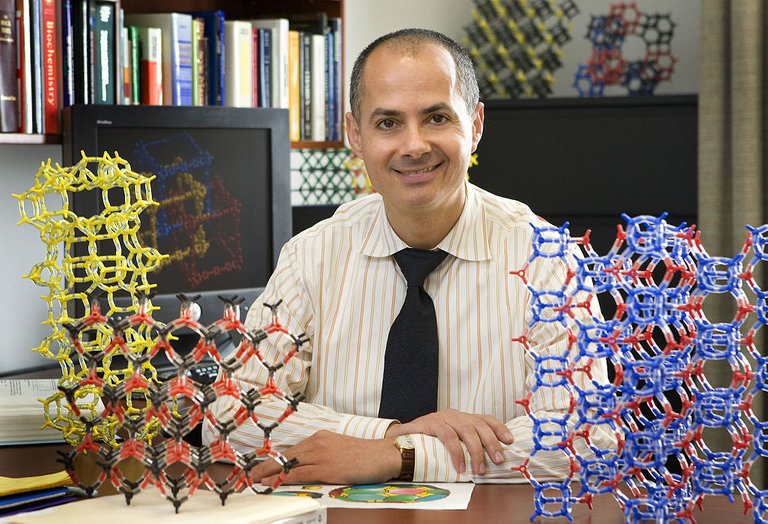
Source: Pixabay
A vast majority of the people who are living in third-world countries do not have access to fresh drinking water. If water could be extracted out of the air, their lives would change drastically. Today this is only possible in parts of the world where the air is sufficiently humid, besides the procedure demands huge amounts of electricity. Things are about to change thanks to innovative solar technologies designed to be directly applicable in remote deserts.
Metal Organic Frame Instead of Zeolites
Researchers of the Massachusetts Institute of Technology and UC Berkeley conducted a series of experiments with water harvesting technology that exclude the need of electricity from a central power grid. The goal was to replace the conventional moist extraction materials with alternative ones that don't need high levels of humidity in order to absorb water out of the air. The system that scientists have designed is incorporated with metal-organic frames (MOF's), a class of porous crystals that have been developed a couple of years ago by chemist Omar Yaghi from UC Berkeley. By combining certain quantities of both the metallic and organic materials into the frame researchers obtained chemical properties of which they can choose from to apply on later experiments. What makes the MOF's so interesting in this particular case is that the pores have diameters that exceed those of the zeolites used in commercial air humidifiers by a factor of almost 10.

Omar Yaghi - Source: Boasap/Rotsee-Wikipedia
High Cost Zirconium Prototype
In the meanwhile Omar Yaghi and his colleague Evelyn Wang who is an engineer at MIT announced that they have developed a prototype based on MOF-801. The zirconium frame extracts much more water out of the air, with the heat generated by sunlight the collected water then condensates into a tray. The prototype is able to extract 3/4 gallon of water per 2,2 pounds of MOF. Test results have shown that the prototype works at a relative air humidity of just 20 %, which are typical desert conditions. There are still improvements to be done, and more tests will follow in an effort to lower production costs of these units. As zirconium costs about 80 dollar per pound the commercialization of these machines will not be for today but rather tomorrow.
Thanks for reading,
Funcore
Source: www.sciencemag.org
It's great to see some innovative tech getting out there. Nice article. Upvoted and followed!
great post, funcore as usual!
This is a great idea to help majority of the people who are living in other countries and do not have access to fresh drinking water..I wish I will be part of the team that will try the next prototype..lol